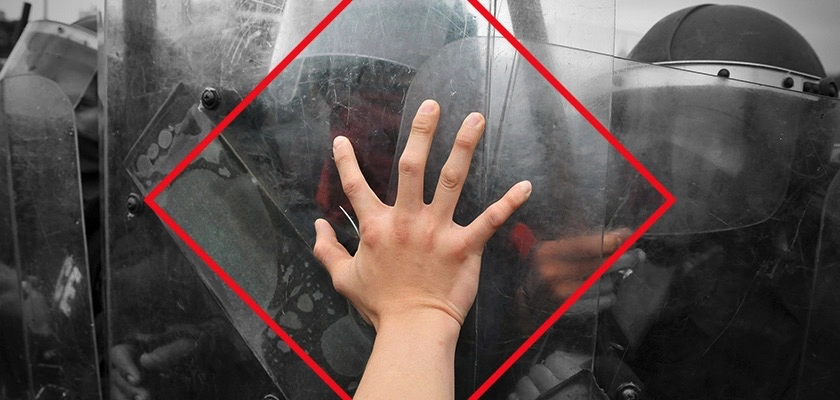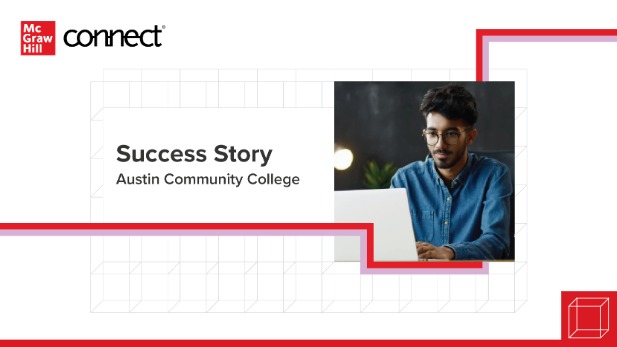"Crowd Behavior During Riots and Insurrections" - Tim Johnson, Ph.D. | August 2021
Social Change and Collective Behavior help us grasp what happened to the people “caught up” in the moment.
INTRODUCTION
Polls show that Americans are very polarized about the pandemic, race, abortion, and more!
The breach of the Capitol Building on January 6, 2021, was repulsive to some (“How could any American do such a thing?”) yet defended by others. Seven months earlier, after George Floyd was murdered by a Minneapolis police officer, the protests and subsequent riots in some locations were also repulsive to some yet defended by others.
Sociology can do more than help students sensitively discuss whether the reporting was accurate or if protesters’ actions were justified in either case. Students can better understand why some people involved in these events exclaimed, “I did not realize what was happening until it just happened!” or “I am so ashamed of what I did—I am NOT that kind of person!” In both cases, the behavior of the participants can be better understood after reading about Social Change and Collective Behavior.
How might our reading on Social Change: Collective Behavior help us grasp what happened to the people “caught up” in the moment, whether rioters or insurrectionists?
RESEARCH
Here are some videos you might watch about the crowd behavior in each.
Insurrection at the Capitol:
- PBS coverage of the impeachment hearing (9 minutes)
- Additional PBS coverage of the impeachment hearing (video is 34 minutes; watch from 2:00 to 11:00. Note that the footage shows an individual being shot at 11:24)
- ABC News report of the events (6 minutes)
Police brutality protests that turned violent:
- NBC News report examining how protests become riots (14 minutes)
- Report from The Telegraph (3 minutes)
- Coverage of protests in Minneapolis from Global News (5 minutes)
ASSIGNMENT
Have students define what kind of gathering they see on the screen.
- They should acknowledge that these are NOT social groups but crowds or aggregates.
- Some subgroups were probably present in the crowd, and their presence is considered below.
- Have the students ponder what it would be like to be an individual inside the crowd experience.
Why is the absence of a social group so important?
- Groups have a lot of potential influence because they hold the rewards of the four socio-emotional needs: belonging, love and affection, expressiveness, and identity.
- You might discuss later why social groups can be so powerful.
Le Bon’s Contagion Theory (CT) has a different way of explaining crowd behavior than Emergent Norm Theory (ENT). How might Le Bon explain the two different social settings seen in the videos? How would ENT see things differently? Which one seems to provide a more convincing explanation for why things happened in one or both situations?
The videos are short segments of what happened and do not show the whole development of the collective behavior incidents.
- How well do the videos show the crowd serving as an external stimulus that creates a “mob mentality” in line with CT? What signs are there that individuals lose some sense of rationally “interpreting” the situation with their own values, beliefs, and meaning to make individual decisions?
- What behaviors in the crowds indicate that some people have different reasons or motivations for being there, according to ENT? What are signs of either social norms or different roles emerging? In what way do some people resist the crowd’s norms or agenda?
- Riots broke out in both situations. The crowd behaved in deviant ways with the intention of harming others or their property. What are some examples of such behavior in both videos?
- What are examples of attempts at external or internal crowd control? What efforts seemed to be effective at containing the crowd’s behavior?
- Theories tell you WHY things happen. What clues are there for decreasing the escalation of the situations? If they are highly resistant, what does this say about individual responsibility for one’s actions? To what degree should individuals be held accountable for what they do?
ADDITIONAL RESOURCES
Polarization:
Political Polarization in the American Public (Pew Research Center)
The Impact of Increased Political Polarization (GALLUP)
Insurrection:
TIME’s politics Newsletter: January 6th Capital Riot (includes video)
Minneapolis protests:




